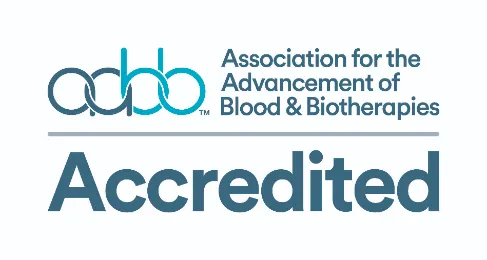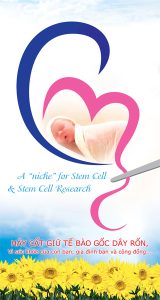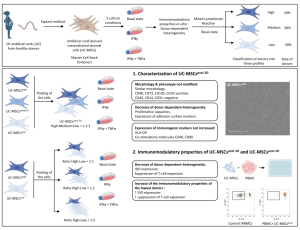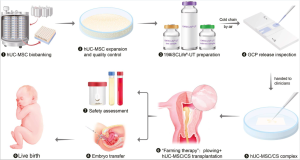Epidermolysis Bullosa News, June 28, 2024
By Marisa Wexler
12 studies that reported results of bone marrow-derived mesenchymal stem cell (BM-MSC), Bone marrow transplant (BMT) treatments reviewed.
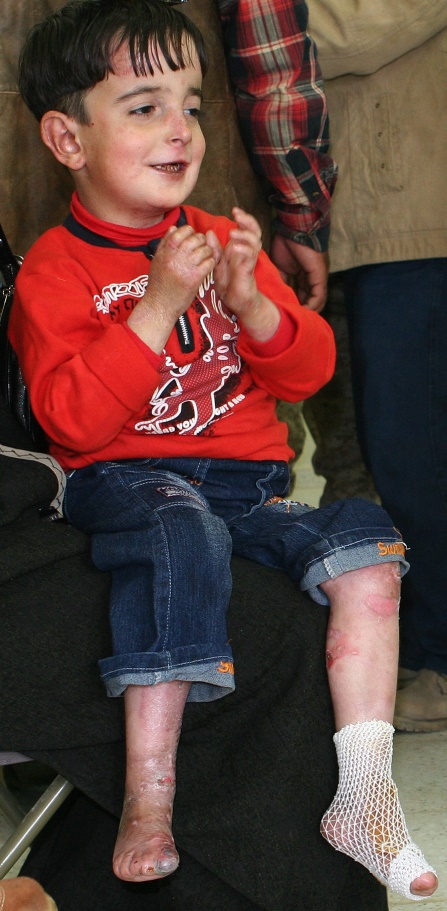 Both bone marrow transplant and treatment with stem cells derived from bone marrow may help ease symptoms in some people with epidermolysis bullosa (EB), although a bone marrow transplant carries substantial greater safety risks.
Both bone marrow transplant and treatment with stem cells derived from bone marrow may help ease symptoms in some people with epidermolysis bullosa (EB), although a bone marrow transplant carries substantial greater safety risks.
That’s according to the review study “Bone marrow transplantation and bone marrow-derived mesenchymal stem cell therapy in epidermolysis bullosa: A systematic review,” which was published in Pediatric Dermatology.
EB is a group of rare diseases marked by fragile skin that easily blisters. It is caused by mutations that most commonly affect the formation of skin layers.
“Supportive care has been the mainstay of therapy for all forms of EB to prevent or respond to disease progression,” the researchers wrote.
But bone marrow transplants and stem cell therapies have been explored in EB treatment, with the idea being that providing healthy stem cells may promote healthy skin layers to develop.
Stem cells are specialized cells that can grow into other types of cells and help coordinate biological activities like inflammation and tissue repair.
Different types of stem cells can be found in bone marrow, including hematopoietic stem cells, which are responsible for making new blood cells, and mesenchymal stem cells, which can grow into several types of cells, including those that make up the skin.
Specific stem cell procedures used in EB are bone marrow transplant (BMT) and bone marrow-derived mesenchymal stem cell (BM-MSC) therapy. BMT is a highly invasive process that involves collecting healthy bone marrow stem cells and administering them into a patient’s bloodstream after treatment with chemotherapy and/or radiation to wipe out existing bone marrow stem cells. BM-MSC therapy is a less invasive procedure where mesenchymal stem cells are infused into a patient’s bloodstream or administered directly into the skin.
Outcomes of BMT, BM-MSC treatments
Here, scientists in Indonesia systematically reviewed published studies up to June 2023 that report the outcomes of BMT and BM-MSC therapy in people with EB. Twelve studies that covered 55 patients were included in the final analyses. Almost all the patients had dystrophic EB, while two had junctional EB. Most (63.6%) had BM-MSC therapy, but eight (14.5%) had BMT. Twelve patients (21.8%) had both procedures.
Patients tended to see reductions in disease symptoms after BMT and/or BM-MSC, results showed. However, “the rates of recovery and ultimate outcomes varied” from person to person, with some seeing better outcomes than others for reasons that aren’t fully clear.
Although efficacy results were generally positive, the researchers noted that BMT was associated with side effects. BMT, alone or combined with BM-MSC therapy, resulted in graft failure, meaning the transplanted cells were unable to take root, in five patients. There also were five cases of graft-versus-host disease, an immune complication wherein the transplanted cells attack the patient’s own cells, and five cases of sepsis, a severe blood infection, with BMT.
Pre-BMT chemotherapy or radiotherapy to kill existing bone marrow stem cells weakens the body’s immune system and increases the risk of infections. Among those who had BMT, two patients died of sepsis and another died of cardiac arrest due to pulmonary infections in the setting of chronic lung disease.
Compared with BMT, BM-MSC therapy was much more well tolerated, with no serious side effects reported. No deaths were reported in the BM-MSC therapy group. Two patients developed a temporary abnormal odor linked to the procedure and two developed squamous cell carcinoma, a common type of skin cancer. It’s unclear if the treatment caused or expedited the cancer to develop.
“Despite its potential advantages for severe forms of EB, bone marrow transplantation is a high-risk therapeutic modality with various adverse events; however, BM-MSCs showed promising results and improved safety of EB cell-based therapy treatment,” wrote the researchers, who noted their review was limited by the small number of studies and that there was little data on the treatments’ affect on patients’ quality of life. “Further study is needed regarding cost, access, and long-term risks” of these therapies.
Source: Epidermolysis Bullosa News

